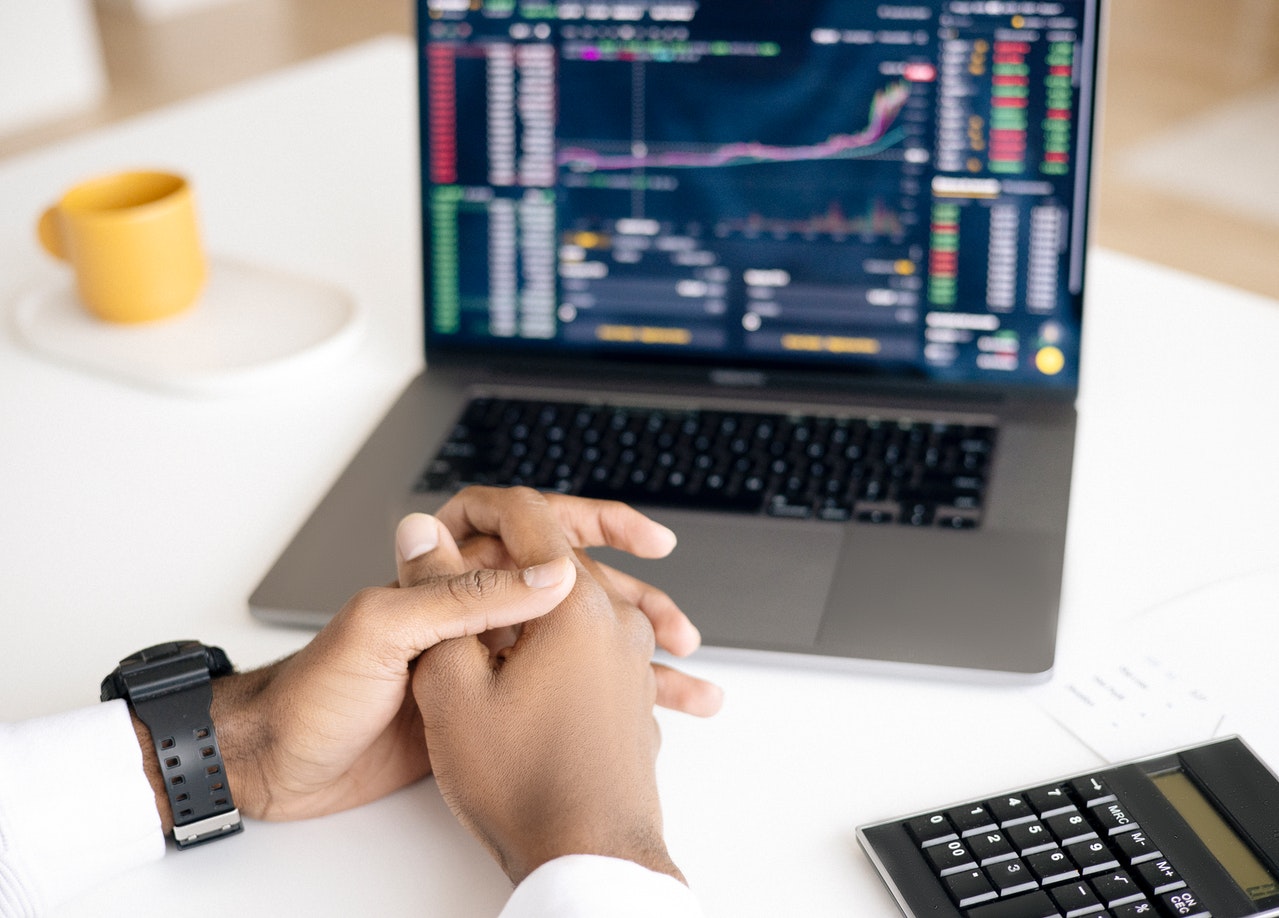Investing in the stock market has never been more accessible. With the rise of technology, investors no longer need to rely on traditional brokerage firms to buy and sell stocks. Instead, they can trade, track market movements, and manage portfolios directly from their smartphones using stock market apps.
With so many options available, choosing the best stock market app can be overwhelming. Whether you are a beginner looking for an easy-to-use platform or an experienced trader searching for advanced tools, there is an app that suits your needs.
In this article, we’ll explore what makes a great stock market app, key features to look for, and how to select the best one based on your investment goals.
What Makes a Great Stock Market App?
Not all stock market apps are created equal. The best stock market apps provide a seamless trading experience, real-time data, and powerful research tools to help investors make informed decisions. Below are some of the key factors to consider when choosing an app.
- Ease of Use
A well-designed stock market app should be intuitive and user-friendly. It should offer a smooth navigation experience, making it easy for users to check stock prices, execute trades, and manage portfolios. Beginners should look for apps with simple interfaces and educational resources, while experienced traders might prefer apps with more advanced functionalities. - Real-Time Market Data
Having access to real-time stock quotes, news, and market trends is crucial for making timely investment decisions. The best stock market apps provide live updates, customizable alerts, and in-depth charts to help traders stay informed. - Trading Features and Execution Speed
For active traders, execution speed is key. Delays in order placement can result in missed opportunities. The best stock trading apps ensure fast order execution with minimal latency. Additionally, look for apps that support different order types, such as market orders, limit orders, and stop-loss orders. - Research and Analysis Tools
Successful investing requires thorough research. The best stock market apps provide:
- Fundamental analysis (company earnings reports, financial statements, and news)
- Technical analysis (charts, indicators, and trend patterns)
- Stock screeners to filter potential investments based on specific criteria
- Security and Regulation
Since stock market apps involve real money transactions, security is non-negotiable. Look for apps with two-factor authentication (2FA), encryption, and secure login features. Additionally, ensure the platform is regulated by financial authorities to avoid scams or fraudulent activities. - Fees and Commissions
Fees can eat into your profits. Some stock market apps offer commission-free trading, while others charge fees for trades, margin accounts, or data access. Be sure to compare the fee structure before selecting an app.
Top Features to Look for in the Best Stock Market App
Now that we have outlined what makes a great stock market app, let’s dive deeper into some of the essential features that differentiate good apps from great ones.
Customizable Watchlists
A stock market app should allow users to create custom watchlists to track their favorite stocks. This feature helps investors monitor market movements, set alerts, and analyze trends in real-time.
Advanced Charting Tools
For investors who rely on technical analysis, advanced charting tools are a must. The ability to view candlestick charts, moving averages, RSI, MACD, and Fibonacci retracements can help traders make informed decisions.
Fractional Shares
Not everyone can afford to buy high-priced stocks like Amazon, Tesla, or Google in full shares. Many modern stock trading apps offer fractional shares, allowing users to invest in a portion of a stock with as little as $1.
Paper Trading (Demo Accounts)
For beginners, having access to a paper trading feature is highly beneficial. This allows new investors to practice trading with virtual money before committing real funds, helping them gain confidence in their investment strategies.
Automated Investing
Some stock market apps offer robo-advisors, which use algorithms to automatically allocate investments based on risk tolerance and financial goals. This is ideal for long-term investors who prefer a hands-off approach.
How to Choose the Best Stock Market App for Your Needs
The best stock market app for you will depend on your trading style, experience level, and investment goals. Here’s a simple guide to help you decide:
For Beginners: User-Friendly and Educational Apps
If you are new to investing, look for an app with:
- Simple navigation and an intuitive interface
- Educational resources such as tutorials, webinars, and articles
- Fractional shares to invest in high-priced stocks with a small budget
For Active Traders: Fast Execution and Advanced Tools
For those who trade frequently, the best stock market app should have:
- Fast order execution with minimal slippage
- Advanced charting tools and technical indicators
- Customizable alerts and push notifications
For Long-Term Investors: Low Fees and Automated Investing
Long-term investors should look for:
- Low-cost trading with minimal fees
- Robo-advisory services for passive investing
- Access to ETFs and mutual funds for diversification
The Future of Stock Market Apps
Stock market apps continue to evolve with AI-driven analytics, blockchain security, and social trading features. Some of the latest advancements include:
- AI and Machine Learning
Many stock market apps now use AI-powered insights to provide personalized investment recommendations, risk assessment, and trading signals. - Social Trading
Some platforms allow users to follow and copy experienced traders, making investing more accessible for beginners. - Blockchain and Decentralized Trading
With the rise of cryptocurrencies and decentralized finance (DeFi), some stock market apps are integrating blockchain technology to offer a more transparent and secure trading environment.
Conclusion
Finding the best stock market app depends on your individual needs and investment style. Whether you’re a beginner looking for simplicity, an active trader seeking advanced features, or a long-term investor focused on low fees, there is an app that suits your requirements.
Before selecting an app, consider usability, security, fees, and available tools. Always do your research, read reviews, and, if possible, test the app with a demo account before committing real money.
With the right stock market app, you can take control of your investments and make informed financial decisions from anywhere in the world.

